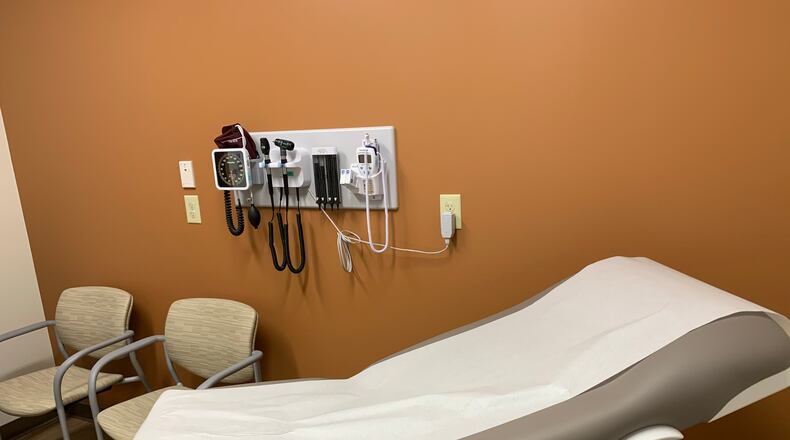The Medicaid rolls have steadily shrunk for years as the economy improved in Ohio. But amid the disruption of the pandemic and related restrictions, many people have lost income and Ohio’s unemployment rate rose to 8.4% in September.
This state increase is in line with the national trend of Medicaid caseloads growing more than 7% since February.
The increase is also roughly proportional by geography and race. Rural and non-rural county residents had similar increases and black and white Ohioans had similar increases, with a slightly larger proportion of increase for Ohioans who are other races.
"This would suggest that the effects of the pandemic, and the economic conditions between counties, are roughly similar and, thus, benefit similarly,” according to Loren Anthes, Medicaid researcher with Center for Community Solutions, a Cleveland-based human services think tank.
Medicaid provides health coverage to millions of Americans, including eligible low-income adults, children, pregnant women, elderly adults and people with disabilities. Medicaid is administered by states, according to federal requirements. The program is funded jointly by states and the federal government.
This growth includes about 71,500 additional Ohio children who gained coverage, or a 6% increase in kids enrolled in the state insurance program. Prior to the pandemic, some children advocates were concerned about the rising rate of uninsured children in the state and this increase nearly wipes out the coverage losses for kids.
This growth “underscores the fact that many families are facing significant economic hardship as a result of the pandemic and, what’s more, there may have been a deeper need for children’s coverage in Medicaid than what was possible in the pre-pandemic eligibility machinery of the state,” Anthes said.
Under emergency pandemic measures, the eligibility system to stay enrolled in Medicaid became more streamlined and auto re-enrolled people.
Anthes, who wrote a report on the caseload growth, said the ups and downs in Medicaid caseloads aren’t just about the economy but also reflect how easy or hard it is to sign up and and stay signed up. The clunky system can be hard to navigate, for example some people might miss the mail-based notifications for eligibility renewal.
When Medicaid rolls were declining before the pandemic, he said “the data suggests the disenrollment is more complex than singularly the economy got better. It explains some of it but not all of it.”
There are about 412,000 people enrolled in Medicaid in the nine-county region surrounding Dayton That’s up from 378,781 local people enrolled in March.
For local people who have recently lost their income and have questions about whether they qualify for Medicaid, Dayton-based Fiver Rivers Health Centers is home to free certified application counselors who can help patients and also community members who are not patients with enrolling. They can also help people sign up for Affordable Care Act marketplace insurance if they don’t qualify for Medicaid.
“They do not need to be a Five Rivers patient to seek assistance from our outreach and enrollment department,” said Trisha Linebaugh, Fiver Rivers Health Centers billing manager.
More information is at fiverivershealthcenters.org/insurance or the main office can be reached at (937) 208-8585.
Linebaugh said they have actually helped fewer people enroll in Medicaid during the pandemic, which she said is likely because of fewer people stopping by the physical offices.
“I really do think that’s contributed to the loss of foot traffic here,” she said.
About the Author
